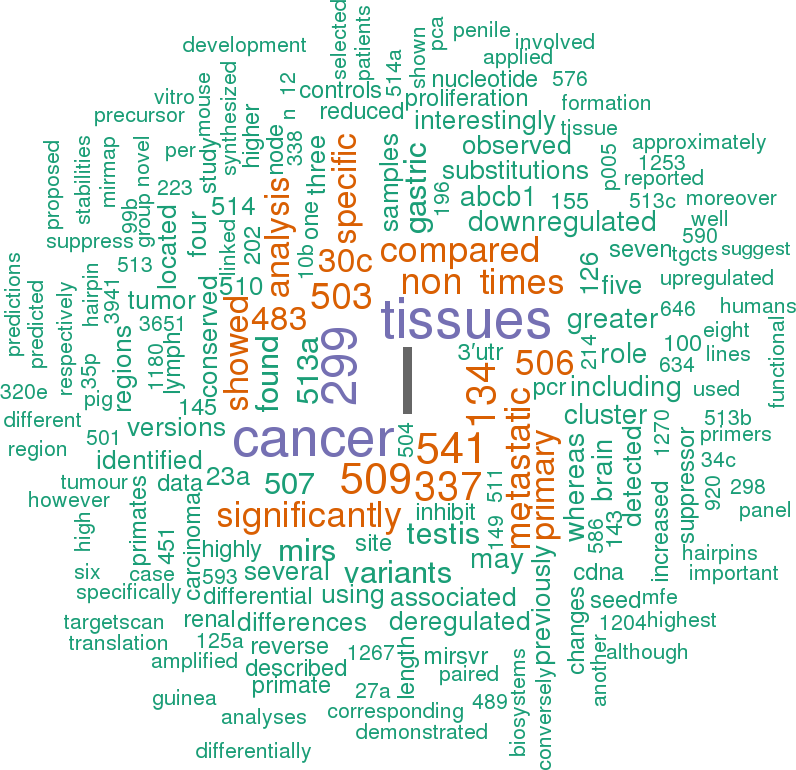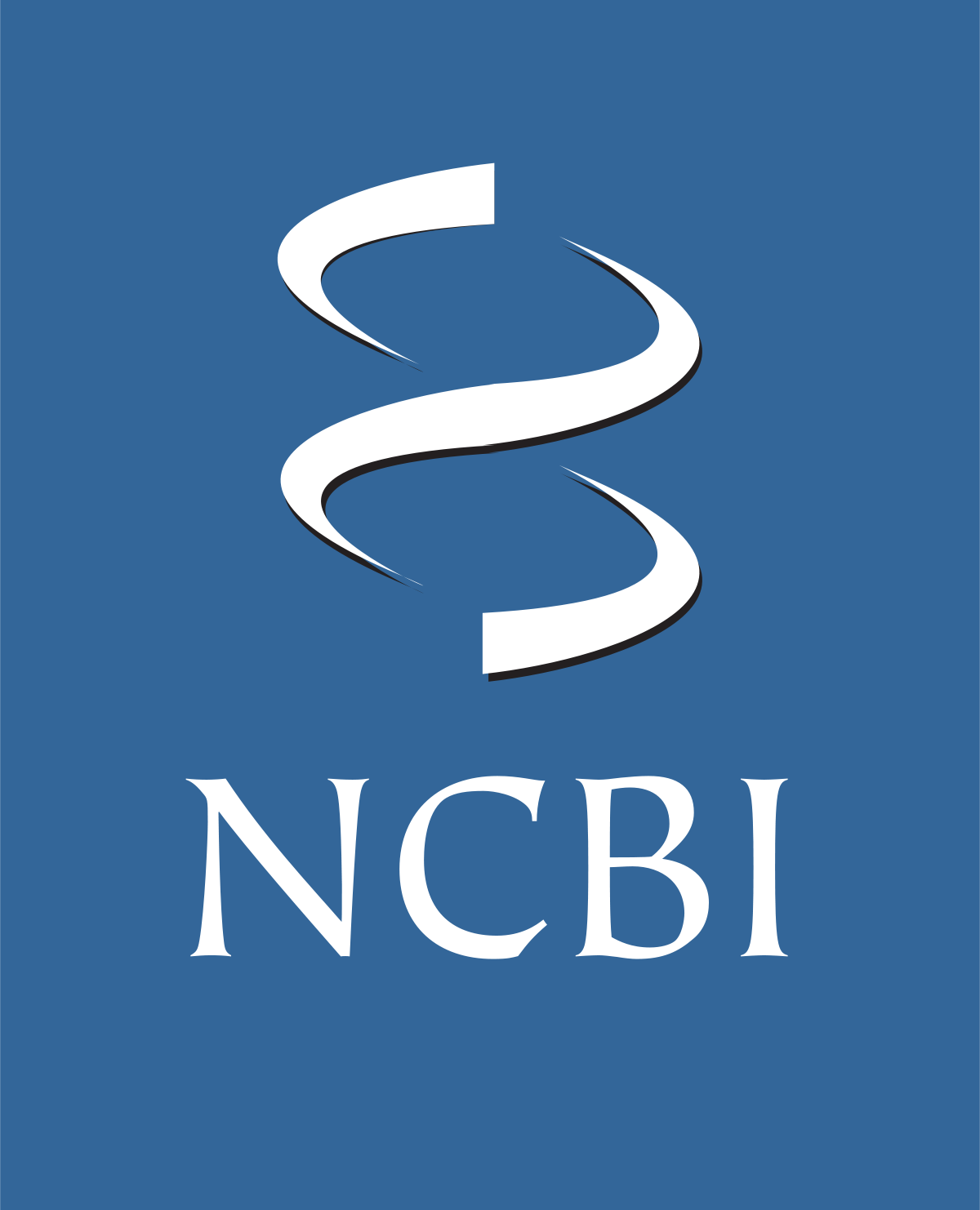Accession
MI0003195
Symbol
HGNC:
MIR508
Description
Homo sapiens
hsa-mir-508 precursor miRNA mir-507
Gene
family?
family?
RF04282;
mir-507
Summary
Caution, this is an AI generated summary based on literature. This may have errors. ?
MIR508 is a microRNA (miRNA) that plays a significant role in enhancing plant tolerance to salt stress and nitrogen (N) starvation in creeping bentgrass [PMC5916090]. This miRNA operates by modulating the transcription of genes such as AsAAO and AsCBP1, which are involved in maintaining water retention, cell membrane integrity, chlorophyll content, potassium homeostasis, and the activities of enzymes like CATALASE and ASCORBIC ACID OXIDASE [PMC5916090]. Additionally, MIR508 is implicated in the regulation of biomass production, N accumulation, chlorophyll synthesis, and NITRITE REDUCTASE activity under conditions of N starvation [PMC5916090]. MIR508 is part of a cluster known as the "fragile-X miRNA (FX-MIR)" cluster that includes other miRNAs such as miR506 and miR510; this cluster was identified through array-CGH analysis which revealed a deletion on Xq27.3 encompassing several genes and miRNAs [PMC9130735]. Despite its significant regulatory functions in plants, MIR508 was not detected in leaves or roots but was uniformly expressed in stems, internodes, and spikes [PMC2394755]. Furthermore, target prediction for MIR508 has been challenging due to limited sequence data available for wheat ESTs [PMC2394755].
Literature search

28 open access papers mention hsa-mir-508
(76 sentences)
(76 sentences)
Sequence
118048
reads,
726
reads per million, 47 experiments
ccaccuucagcugaguguagugcccUACUCCAGAGGGCGUCACUCAUGuaaacuaaaacaUGAUUGUAGCCUUUUGGAGUAGAguaauacacaucacguaacgcauauuuggugg
(((((....((((((((((.(((.((((((((((((((..((.((((((........)))))).))..)))))))))))))).))).))))).)))......))......)))))
(((((....((((((((((.(((.((((((((((((((..((.((((((........)))))).))..)))))))))))))).))).))))).)))......))......)))))
Structure
--uuca ------ - g c GU C aaa
ccacc gc uga gugua ugc cUACUCCAGAGGGC CA UCAUGu c
||||| || ||| ||||| ||| |||||||||||||| || ||||||
ggugg cg acu cacau aug GAUGAGGUUUUCCG GU AGUaca u
uuuaua caaugc a a A AU U aaa
Annotation confidence
High
Do you think this miRNA is real?
Genome context
chrX: 147236913-147237027 [-]
Clustered miRNAs
2 other miRNAs are < 10 kb from hsa-mir-508
| Name | Accession | Chromosome | Start | End | Strand | Confidence |
|---|
Disease association
hsa-mir-508 is associated with one or more human diseases in the Human microRNA Disease Database
| Disease | Description | Category | PubMed ID |
|---|
Mature hsa-miR-508-5p
| Accession | MIMAT0004778 |
| Description | Homo sapiens hsa-miR-508-5p mature miRNA |
| Sequence | 26 - UACUCCAGAGGGCGUCACUCAUG - 48 |
| Evidence |
experimental
cloned [2] |
| Database links |



|
| Predicted targets |



|
Mature hsa-miR-508-3p
| Accession | MIMAT0002880 |
| Description | Homo sapiens hsa-miR-508-3p mature miRNA |
| Sequence | 61 - UGAUUGUAGCCUUUUGGAGUAGA - 83 |
| Evidence |
experimental
array-cloned [1], cloned [2] |
| Database links |



|
| Predicted targets |



|
References
|



